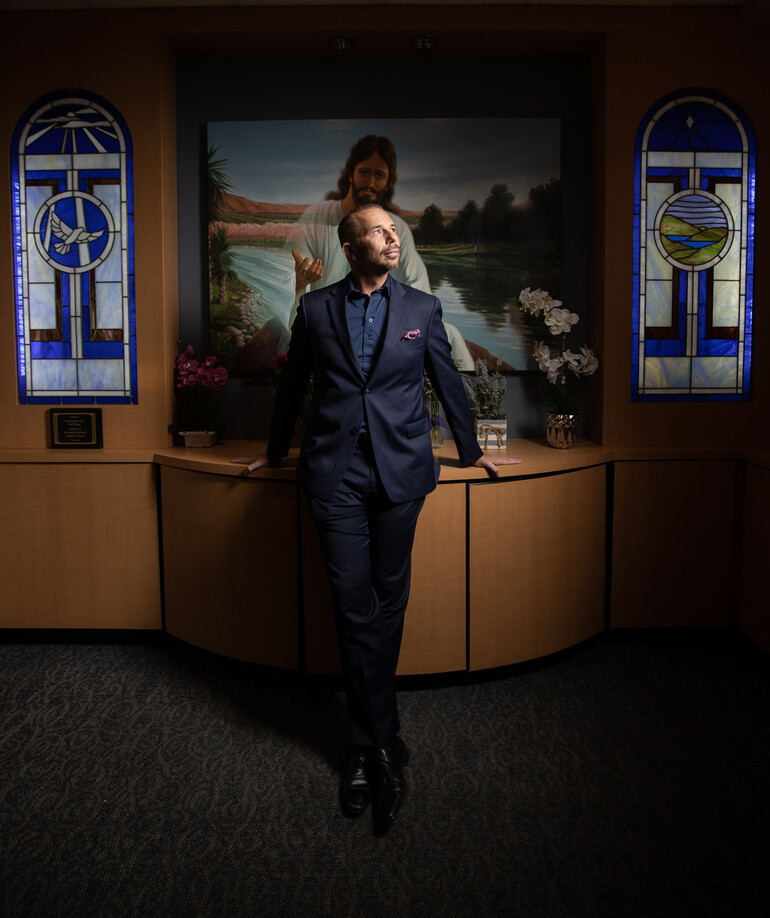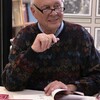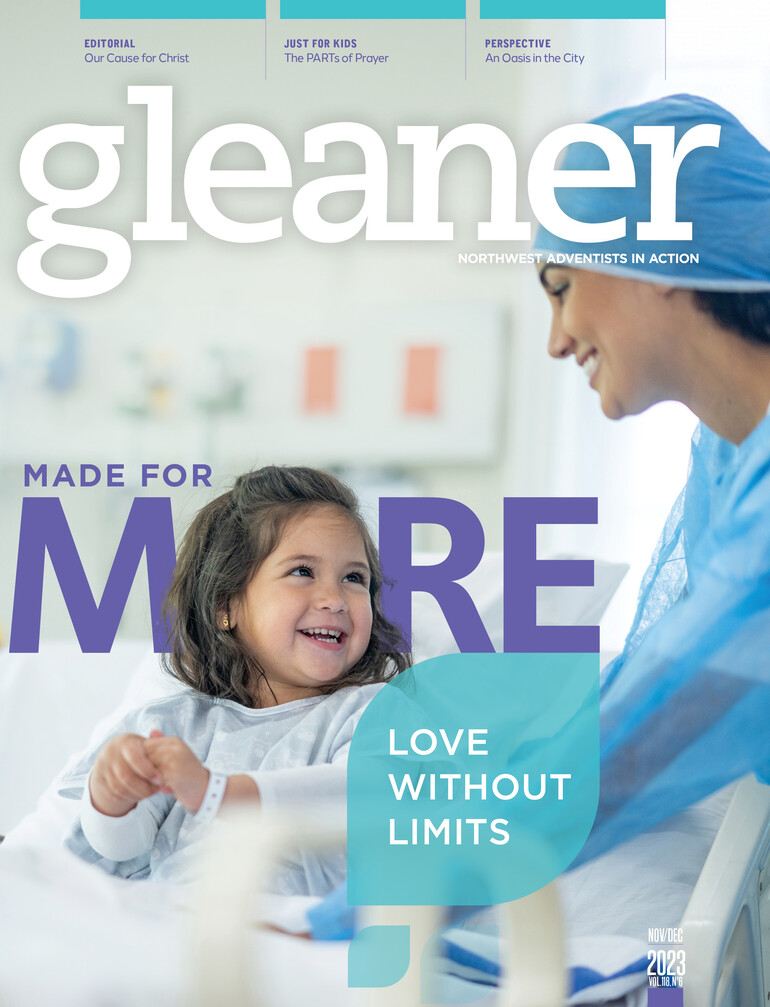Tony Andrews, Adventist Health mission and spiritual care director, has more than 16 years of experience as a hospital chaplain. He, like all full-time spiritual care providers at Adventist Health, is an ordained minister in the Seventh-day Adventist Church. In addition to his work as a chaplain, Andrews is the director of one of Adventist Health’s four clinical pastoral education programs where he provides training for new chaplains.
In a recent interview, Andrews shared insight into the ministry of hospital chaplaincy, including the question he asks all patients, things that still surprise him about caring for patients and the most beautiful thing about his work.
Adventist Health: What is a typical day like for a hospital chaplain?
Andrews: It depends on the needs of the patients and the nursing staff. We may see patients who are experiencing anxiety about their hospitalization or treatment plan or uncertainty about their diagnosis. Those patients take priority. We have to prioritize who needs us and who needs us more.
A nontypical day may include all critical incidents or all referrals from the nursing staff. When that happens, we may never get to rounding, which is a traditional approach to chaplaincy where we go to see all patients.
AH: How do you provide spiritual care for non-religious people?
Andrews: Each hospital chaplain has a slightly different approach, but typically we don’t ask patients if they would like prayer. Instead, we ask, “How are you? What is bothering you?” As clinical chaplains, we want to assess how patients are coping during their hospitalization so we can provide the most appropriate interventions that meet the immediate needs of patients and their family members.
Most of our visits are not religious based. There might be some religious subtext to a patient’s story, but generally we’re caring for any anxiety related to a patient’s hospitalization. Does God come up in conversations? Yes, and that is generally during end-of-life conversations or when there is a new diagnosis with something very serious like cancer.
At times like that, people start thinking about how they could be closer to God or get their life right. But in general, most of our visits are about addressing their fears, stresses and anxieties about their hospitalization or while they wait for test results or a diagnosis. Anxiety often comes from not being in control or from feeling uncertain about the future.
Sometimes patients decline medical care because of fear about treatment or surgery. A clinical chaplain tries to understand what those fears are about, then we work with that fear to help them come to a manageable resolution so they can relax. At times, when people have faith, we help them remember that God is in control and to hand things over to him. For those who have faith, it’s a reminder that God promised he’s here taking care of us.
AH: Hospital chaplains today are often called “clinical chaplains.” What does the term “clinical chaplain” mean?
Andrews: The term “clinical chaplain” has roots in the Latin word clinicus, meaning in a sick-bed, alongside a sick-bed or at the bedside. So, we come alongside the patient as they go through their experience in the hospital. In that role, we’ll ask the patient, “How are you coping today?”
There is more of a psychodynamic assessment of the patient’s condition, and we provide the care and interventions that are most needed. That’s where you may think a pastor would have prayer or read scripture to relieve the patient or provide comfort. I'm not saying clinical chaplains don’t do this, but we try to understand the cause of the problem.
For instance, people may ask for prayer, and we will say, “Certainly! Let’s talk about the need for prayer first. What is bothering you? What is causing you distress?” A lot can be discovered in that need for prayer.
Once we know more, we can provide more customized care to address specific anxiety rather than praying for the patient but having no idea what specifically to pray for. The prayers and rituals become more meaningful and richer when we have done that prework.
AH: What has surprised you about being a hospital chaplain?
Andrews: One thing that has surprised me is the amount of emotional, sexual and physical abuse within families. I hear it too often. There is so much hurt and pain out there in private homes that you think are happy and good.
Most of the worries or issues we face are nonreligious. That’s where the tension is. We hear the term “spiritual needs” all the time, but what is the need? It is human relationships.
Human relationships are the foundation of spirituality. If you take a 30,000-foot view of the Bible, it’s all about restoring relationships — restoring our relationship with God, each other, our communities, and with ourselves. So spiritual care is the restoration of the soul, connecting relationships and building and keeping those relationships. Whenever our spirit is broken, it’s due to broken relationships.
When we talk about religion, we often talk about religious acts or rituals, praying this or doing that. There is a place for rituals — they are symbols full of meaning. God gives us symbols to practice and remind us of something.
Of course, prayer is important as we build, mend, restore and keep relationships, but when patients want to talk at length it really isn’t religiously based. The hospital is not a church. People come to the hospital because of a physical problem. What is most on their mind is getting better.
AH: How religiously diverse are the people you care for? Why is it important to honor those religious beliefs within an Adventist healthcare system?
Andrews: We care for people from all religions and walks of life — Muslim, Hindu, atheist. It doesn’t matter who you are. We care for the human condition.
Some patients think we’re coming in to talk religion to them, but converting people is not the role of clinical chaplaincy. Within the ethics of chaplaincy, it is not our role to proselytize or convert, but rather for patients to feel cared for and comforted.
When possible and appropriate, when patients from other religions have special needs, we ensure their religious needs are met whether or not we can perform them as Adventist chaplains. We will call in a religious leader from another faith tradition.
I’ve cared for and trained people from all religious backgrounds, and one of the biggest things I’ve learned is that we have this in common: We all need to be heard, loved and understood. Period. That’s universal no matter where you go.
AH: What is the most joyful part of your work?
Andrews: The most joyful part is seeing a patient light up in discovery. It is a transformation and healing. In that moment, it is the most wonderful, satisfying thing. It’s seeing someone go from distress to rest. The rest comes from the patient understanding why they are feeling a certain way or why they are scared about something. It’s beautiful.

Tony Andrews, Adventist Health mission and spiritual care director










